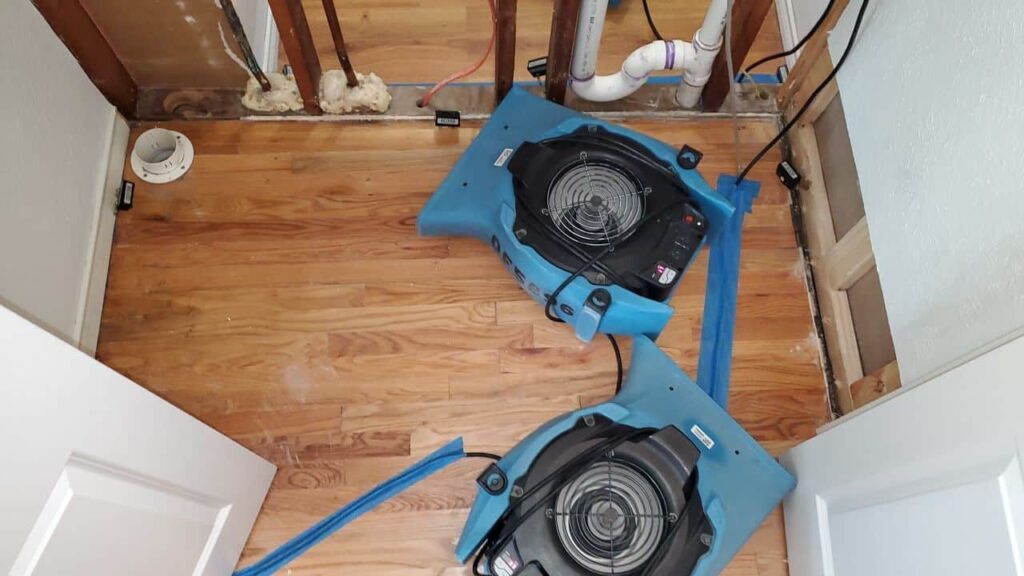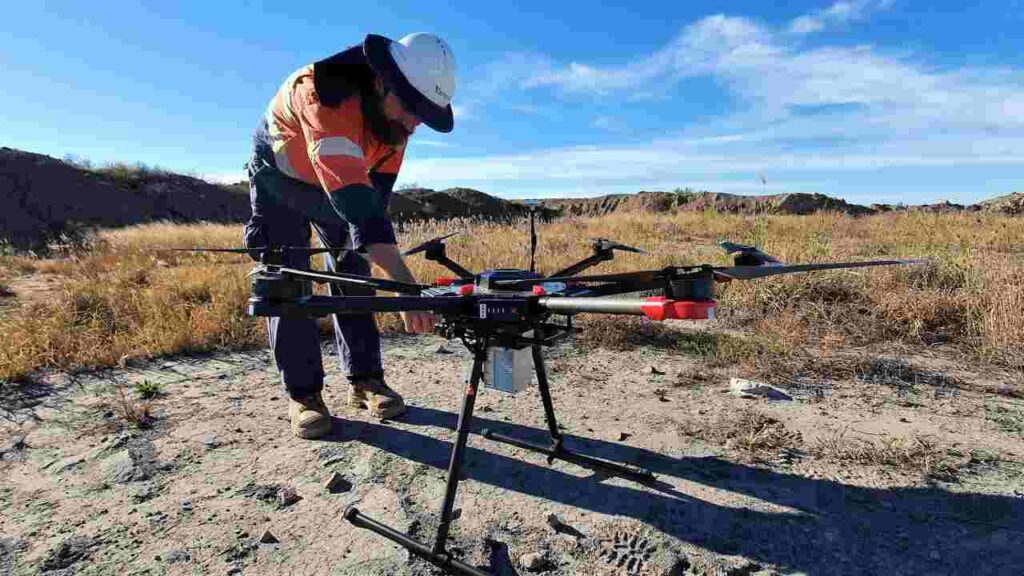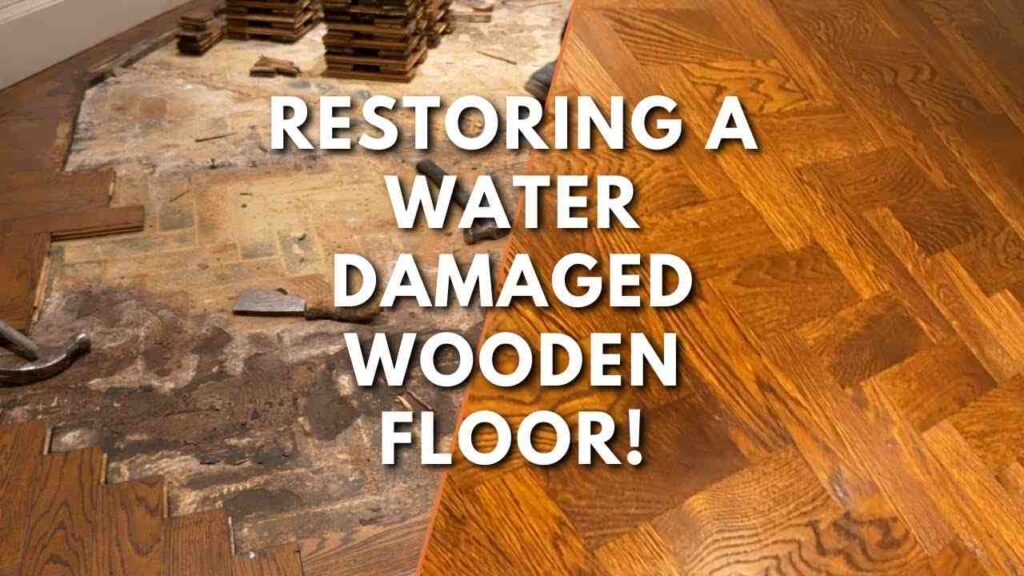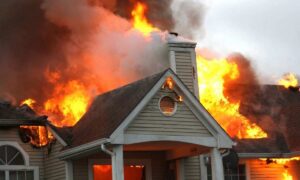Blogs
The Science Behind Drying Techniques in Water Damage Restoration

Ever experienced the sinking feeling of discovering water damage in your home? Whether from a burst pipe, a leaky roof, or a natural disaster, water damage can wreak havoc. But fear not, because in this exploration, we’re diving into the world of water damage restoration, specifically focusing on the science behind drying techniques. So, with the help of skilled professionals Intensa Dry, grab a metaphorical towel as we unravel the secrets of effective drying methods, turning the tide against water damage and restoring your space to its dry, comfortable glory.

In this insightful exploration, we’ll uncover the advanced techniques professionals use in water damage restoration, from high-powered dehumidifiers to cutting-edge moisture detection tools. Understanding the nuances of water molecules trapped in walls, floors, and ceilings is crucial to a comprehensive restoration process. So, buckle up for an informative ride through the fascinating world of water damage restoration, where scientific precision meets the art of bringing your home back to life after water damage, ensuring not just dryness but a thorough recovery.
The Role of Dehumidifiers in Water Damage Restoration
In the intricate dance of water damage restoration, dehumidifiers take center stage, just as tips for preventing water damage during home construction become essential. These powerful machines play a pivotal role in extracting excess moisture from the air, accelerating the drying process during restoration. Similarly, incorporating preventative measures, such as proper sealing and drainage strategies during construction, strategically creates an environment inhospitable to mold and other secondary issues, fostering not only efficient restoration but also a resilient foundation that withstands potential water damage challenges.
Cutting-Edge Moisture Detection Tools: A Technological Breakthrough
Advancements in technology bring forth a new era in water damage restoration with cutting-edge moisture detection tools, much like learning how to identify water damage early becomes crucial. From infrared cameras to moisture meters, these tools enable professionals to pinpoint hidden pockets of moisture, ensuring a thorough assessment and precise application of restoration techniques. This technological leap enhances the accuracy and effectiveness of the restoration process, paralleling the importance of early water damage identification in preventing extensive issues and ensuring a swift and targeted response to potential risks during the restoration process.

Understanding Water Molecules: Key to Comprehensive Restoration
Professionals delve into the intricacies of how water interacts with various materials, determining the extent of damage and informing targeted restoration strategies. This scientific understanding forms the bedrock of a comprehensive restoration process that goes beyond surface-level drying. At the heart of water damage restoration lies the science of understanding water molecules, which can be dealt with flying colors when choosing the right water damage cleanup company becomes pivotal.
Navigating the Challenges of Wall Restoration in Water Damage
Walls bear the brunt of water damage, presenting unique challenges in the restoration journey. This section explores the intricacies of wall restoration, addressing issues such as water absorption, structural integrity, and the prevention of mold growth. Professionals employ specialized techniques to navigate these challenges, ensuring walls are restored to their pre-damage state.
Revolutionary Techniques for Drying Water-Damaged Floors
From hardwood to carpet, water-damaged floors demand specialized attention. This segment unveils revolutionary techniques employed by professionals to dry and restore different types of flooring. Whether through advanced extraction methods or targeted drying, these techniques ensure the preservation of flooring materials while preventing long-term damage.

Ceiling Repairs and Moisture Mitigation: A Dual Approach
Ceilings, often overlooked, present a unique set of challenges in water damage restoration. This section explores the dual approach of repairing damaged ceilings and implementing moisture mitigation strategies. Professionals employ innovative techniques to address both visible and hidden damage, ensuring a thorough restoration process from top to bottom.
The Science Behind Mold Prevention in Water Damage Restoration
Mold prevention is a crucial aspect of water damage restoration, and this section delves into the science behind it. From understanding mold’s life cycle to implementing proactive measures, professionals employ scientific strategies to prevent mold growth and ensure a safe, healthy environment post-restoration.
Advanced Strategies for Efficient Water Extraction
Efficient water extraction is fundamental to successful restoration. Here, we explore advanced strategies employed by professionals, from high-capacity pumps to specialized extraction tools. These techniques prioritize swift water removal, mitigating further damage and setting the stage for effective drying and restoration.
Professional Insights into Structural Drying Methods
Structural drying is a nuanced process requiring professional insights. This section provides a deep dive into the methods used by restoration experts to dry structural components efficiently. From assessing the building’s architecture to employing targeted drying techniques, professionals share their expertise in preserving structural integrity.
Mitigating Long-Term Damage: Science-Driven Restoration
Preventing long-term damage is the ultimate goal of water damage restoration, and science plays a central role. This segment explores how professionals leverage scientific principles to mitigate potential long-term effects. From understanding material behaviors to implementing preventative measures, science-driven restoration ensures lasting results.
Empowering Homeowners: DIY Tips for Initial Water Damage Response
In the aftermath of water damage, homeowners can take proactive steps. This section empowers individuals with do-it-yourself (DIY) tips for the initial response to water damage. From prompt water removal to creating a conducive environment for drying, these practical insights guide homeowners in taking immediate action before professional restoration begins.
Conclusion
In the intricate realm of water damage restoration, the convergence of scientific precision and technological innovation emerges as the guiding force. From the pivotal role of dehumidifiers in expediting the drying process to the technological breakthroughs in moisture detection tools, each aspect underscores a commitment to thorough and effective restoration. Understanding the molecular intricacies of water, addressing challenges specific to walls, floors, and ceilings, and deploying advanced strategies for extraction and structural drying showcase the holistic approach taken by professionals. Mold prevention, efficient water extraction, and science-driven restoration collectively contribute to mitigating long-term damage. Empowering homeowners with DIY tips emphasizes the collaborative effort needed for a comprehensive restoration journey. As we unravel the mysteries and techniques of water damage restoration, it becomes clear that the marriage of science, technology, and expertise ensures not just dryness but the restoration of spaces to their pre-damage state, safeguarding homes for the long haul.
FAQs
How do dehumidifiers aid in water damage restoration?
Dehumidifiers play a crucial role by extracting excess moisture from the air, creating an environment inhospitable to mold and expediting the drying process.
2. What makes cutting-edge moisture detection tools essential in restoration?
These tools, like infrared cameras and moisture meters, enable precise assessment, pinpoint hidden moisture pockets, and enhance the accuracy of restoration efforts.
3. Why is understanding water molecules important in the restoration process?
Understanding water interactions guides targeted restoration, informing strategies that go beyond surface-level drying for a comprehensive restoration approach.
4. How do professionals navigate challenges in wall restoration after water damage?
Restoration experts address water absorption, structural concerns, and mold prevention through specialized techniques, ensuring thorough wall restoration.
5. Why is mold prevention a crucial aspect of water damage restoration?
Mold prevention is essential for a safe environment post-restoration; professionals leverage scientific strategies to understand mold’s life cycle and implement proactive measures.

